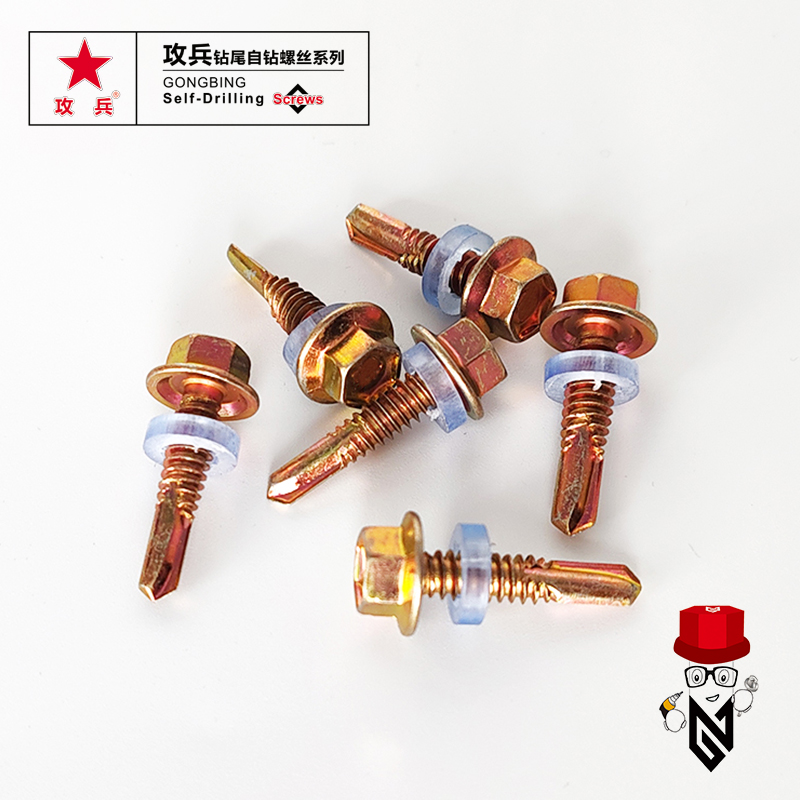chipboard fixings
Understanding Chipboard Fixings A Complete Guide
When it comes to woodworking and DIY projects, chipboard is a material that has gained widespread popularity due to its cost-effectiveness and versatility. Chipboard, also known as particle board, is made from wood chips, sawmill shavings, or sawdust, which are bonded together with adhesive under heat and pressure. While chipboard is a fantastic choice for furniture, cabinetry, and various constructions, the type of fixings used to assemble and secure these materials is equally crucial. In this article, we will explore the different types of fixings available for chipboard, their applications, and tips for effective use.
Types of Chipboard Fixings
1. Screws Specialized chipboard screws are designed with a coarse thread to grip the particles of the board firmly. Unlike standard wood screws, these are typically made with a larger diameter, which helps minimize the risk of splitting the board. Using screws allows for easy disassembly, making them a favorite for flat-pack furniture assembly.
2. Dowels Wooden dowels are often used in conjunction with glue to provide a strong joint between two pieces of chipboard. This method is popular in furniture construction, as dowels enhance stability and alignment. It is essential to drill precise holes for the dowels to ensure a snug fit and structural integrity.
3. Cam Lock Fasteners Often found in ready-to-assemble furniture, cam lock fasteners allow for quick assembly without the need for tools. A metal pin is inserted into the cam, which locks it into place, creating a secure joint. These are ideal for applications where ease of assembly is a priority.
4. Anchors and Brackets When mounting chipboard on walls, using anchors or brackets can provide the necessary support. Heavy-duty wall anchors are recommended, especially in areas where weight loads are substantial, like shelving units.
5. Glue While not a fastening method in the traditional sense, glue is often used to reinforce joints. PVA (Polyvinyl Acetate) glue is commonly used for chipboard due to its strong bonding capabilities. Using glue in conjunction with screws or dowels enhances the overall strength of the assembly.
Choosing the Right Fixings
When selecting fixings for chipboard, one must consider several factors, including the application, load requirements, and desired durability
. Here are a few key points to keep in mindchipboard fixings

- Material Compatibility Ensure that the fixings you choose are compatible with the chipboard material. For instance, particle board screws are specifically designed for chipboard and provide better holding power than standard screws.
- Load Capacity Determine the weight that the chipboard will need to support. For heavier items like televisions or large bookshelves, it's crucial to use strong and reliable fixings to prevent failures.
- Environment If the chipboard will be used in a humid environment, consider using water-resistant adhesives and screws to avoid deterioration.
Tips for Effective Use of Chipboard Fixings
- Pre-Drill Holes To avoid splitting the chipboard, especially near edges, it's advisable to pre-drill holes for screws and dowels.
- Use Proper Drill Bits For dowel joints, a brad point drill bit will create clean holes that will guide the dowels effectively.
- Clamp Before Gluing When using glue, clamping the pieces together while the adhesive cures will enhance the bond and prevent movement.
- Follow Manufacturer Instructions If you're using ready-made fasteners, always read the manufacturer's instructions for proper installation techniques.
Conclusion
Chipboard fixings play a critical role in ensuring the durability and functionality of furniture and other constructions made from chipboard. By understanding the different fixing types and their applications, you can enhance the quality of your projects and ensure they stand the test of time. Whether you are a seasoned woodworker or a DIY enthusiast, choosing the right fixings for your chipboard projects is essential for achieving professional results.
-
Weatherproof Plastic Expansion Anchors for OutdoorNewsJun.06,2025
-
Sustainability in the Supply Chain: Eco-Friendly TEK Screws ProductionNewsJun.06,2025
-
Load-Bearing Capacity of External Insulation FixingsNewsJun.06,2025
-
Double Head Bolts: Enhancing Efficiency in Industrial MachineryNewsJun.06,2025
-
Corrosion Resistance in Chipboard Screws: Coatings for Wholesale DurabilityNewsJun.06,2025
-
Butterfly Toggle Bolts : Enhancing Structural ResilienceNewsJun.06,2025
